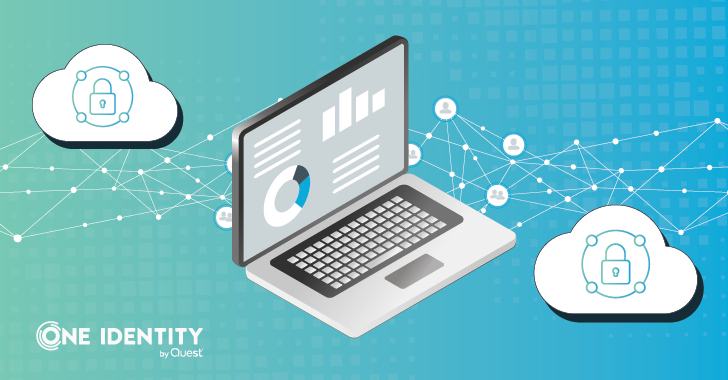The Illusion of Security: Reflecting on the Over-Reliance on Cybersecurity Tools

The proliferation of cybersecurity tools has created an illusion of security. Organizations often believe that by deploying firewalls, antivirus software, intrusion detection systems, identity threat detection and response tools, and other solutions, they are adequately protected. However, this approach not only fails to address the fundamental issue of the attack surface but also introduces dangerous third-party risks into the mix.
The Evolving Cybersecurity Landscape
The world of cybersecurity is in a constant state of flux, with cybercriminals becoming increasingly sophisticated in their tactics. In response, organizations are investing heavily in cybersecurity tools, hoping to build an impenetrable fortress around their digital assets. However, the belief that adding “just one more cybersecurity tool” will magically fix the attack surface and enhance protection is a dangerous misconception.
The Limitations of Cybersecurity Tools
Cybersecurity tools, while essential, have inherent limitations. They are designed to address specific threats and vulnerabilities and often rely on signature-based detection methods, which can be easily bypassed by zero-day attacks. Moreover, these tools can generate a deluge of alerts, overwhelming security teams and making it difficult to identify genuine threats. According to a Gartner survey, 75 percent of organizations are pursuing vendor consolidation, with the primary reason being the reduction of complexity.
Furthermore, tools often operate in isolation, creating silos of information that hinder effective threat detection and response. Without a holistic view of the attack surface, organizations remain vulnerable to attacks that exploit gaps in their defenses.
The Hidden Dangers of Adding Another Tool
Ironically, each new cybersecurity tool added to an organization’s arsenal can inadvertently expand the attack surface by introducing third-party risk. Every vendor engaged—from cloud service providers to software developers—becomes a potential entry point for cybercriminals. Their own security practices, or lack thereof, can directly impact the organization’s security posture. A data breach at a third-party vendor can expose sensitive information, and a vulnerability in their software can provide a backdoor into the network. This complex web of interconnected systems and dependencies makes it increasingly challenging to manage and mitigate third-party risks effectively.
For instance, the Sisense breach highlighted how trusting a third party can lead to credential theft—an incident significant enough to prompt a warning from the Cybersecurity and Infrastructure Security Agency (CISA).
The Impact of Security Tool Failures
It’s important to remember the CIA triad of cybersecurity: confidentiality, integrity, and availability. Losing availability is equally damaging to a business, regardless of the root cause. Outages caused by security tools and those resulting from denial-of-service (DoS) attacks are equally harmful. The CrowdStrike outage demonstrated that security tools can inflict serious damage due to the preferential access they have to systems. In the case of CrowdStrike, the tool’s kernel-level access to every endpoint ensured full visibility but also meant that any failure could have devastating consequences and make remediation efforts expensive.
This is true for almost all IT security products. Tools designed to mitigate risk have the potential to take down the systems they are intended to protect. A firewall misconfiguration can disrupt the network, an email spam filter can hinder communication, and an access control solution can lock out frontline workers. While these tools vastly improve the security posture of an organization, it’s crucial to strike a balance between adding third-party risk from the software supply chain and mitigating risk with each new tool.
Simplifying Complexity with Unified Platforms
The danger arises from the complexity mentioned above. Complexity is now seen as the single biggest challenge in cybersecurity, motivating customers to move to larger, unified platforms in Secure Access Service Edge (SASE) and Extended Detection and Response (XDR), according to the cited Gartner survey. This trend is also evident in identity security. Analysts are pushing customers towards identity fabrics and unified identity solutions for this exact reason: they reduce complexity and bring together disparate tools in a pre-validated, pre-integrated manner. It’s no surprise that every identity vendor is touting their “unified suite,” regardless of its state or the actual benefits it offers customers.
Conclusion
In conclusion, while cybersecurity tools are essential components of an organization’s defense strategy, relying solely on adding more tools can be counterproductive. Organizations must address the underlying complexities and risks associated with each additional tool. By focusing on simplifying their cybersecurity infrastructure, consolidating tools where possible, and adopting unified platforms that offer holistic protection, organizations can enhance their security posture without introducing unnecessary complexity or third-party risks.
By prioritizing a unified and strategic approach to cybersecurity, organizations can better protect themselves against evolving threats while minimizing the risks associated with an overreliance on disparate tools.
